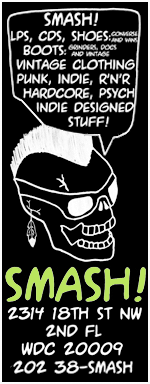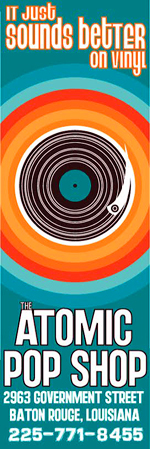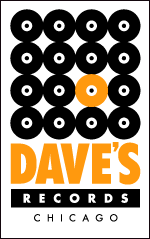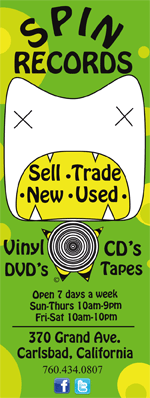
From last month’s TVD Interview with Paul Rodgers:
A lot of those Stax songs you loved wound up on The Royal Sessions, many of which are very familiar. How did you set about to add your personal take on these songs?
Well, you know, they’re kind of in my DNA because I’ve listened to them for so long. A lot of them I haven’t performed before until I stood in front of the mic with the guys in the studio. I was very familiar with “I Thank You,” “I Can’t Stand the Rain,” and “I’ve Been Loving You Too Long.” I think the only songs I’d sung before on stage, with a band was “It’s Growing” and “Born Under A Bad Sign.”
So, [The Royal Sessions] was really sort of a test for me and I threw myself into the deep end a little bit. But it was so nice because the guys—the Reverend Charles Hodges and all of the band members—were very, very supportive. The first song we did together was “That’s How Strong My Love Is.” I just love that tune. From that moment, we clicked straight away as soon as we did that song and listened back to it. We had a kind of understanding between us. We were on the same page, we were speaking the same language in a way. It was a very groovy thing. [Laughs]
This was a strictly retro recording, too. Your site describes it as “an old-school, analogue, live on the floor recording.” Why did you decide to go analog?
Well, you know the thing is there’s a general trend—and it’s not a reversible trend, I don’t think—is towards digital now. But I think we’re missing something. If we say goodbye to analog, we say goodbye to something we mustn’t lose because the quality is so superior. It comes at you in waves, whereas digital comes at you in sharp steps. The ear knows this on some level.
I’ve always recorded the way we recorded this album, actually—all of the Free material, all of the Bad Company material. We recorded it analog, on the floor, this way. Having listened to these [Stax] records, I felt that was the only way to do it. You don’t analyze things too much. You go for the emotion, you capture the song or the version of the song with the most spirit, regardless of the occasional unintentional…you can call it a “mistake,” but I don’t think that all mistakes are mistakes sometimes. They are part of the character of the spirit of that song sometimes.
And you sort of take all of that into consideration. I’ve always done that. This was really like going back to the old days of my early days of recording, and it felt very comfortable. But going back with really authentic musicians that actually played this music in the day, so it was doubly fantastic for me.
There are a ton of guest musicians on this album. You’ve got quite the roster of talent…
Oh, yeah. It was so great that they all stepped forward and everybody was so…you know, they’re humble and they’re modest, and they’re the greatest musicians! Lester Snell is somebody who played piano on “I’ve Been Loving You Too Long”…he’s a keyboardist who played with Isaac Hayes, and he played on the original version of “I’ve Been Loving You Too Long!” It was fantastic, fantastic to have him on the album. He was so cool. He came in and didn’t even take his jacket off, really! [Laughs] He played the track, he was always smiling, and was really nice…and then he left! I was like, “Oh, he’s gone!” [Laughs]
But the core band, which was Reverend Charles Hodges on the Hammond, Leroy Hodges on bass, and Archie Turner on Wurlitzer, Michael Toles on guitar, and Steve Potts on drums. Sometimes we had James Robertson on drums on some tracks, too. And the girls, you know, and the brass…I think they work together quite a bit, so they had a great chemistry between them.
Chemistry indeed. Enter to win an autographed copy of Paul Rodgers’ brand new The Royal Sessions by suggesting a track you’d like to hear Paul cover on a fantasy Volume 2 of The Royal Sessions—a classic nugget you’d like to see receive the same reverential treatment.
One inspired entrant with a North American mailing address will have the LP sent to him or her. We’ll give you a week and choose our winner on Tuesday, April 8, 2014.












































